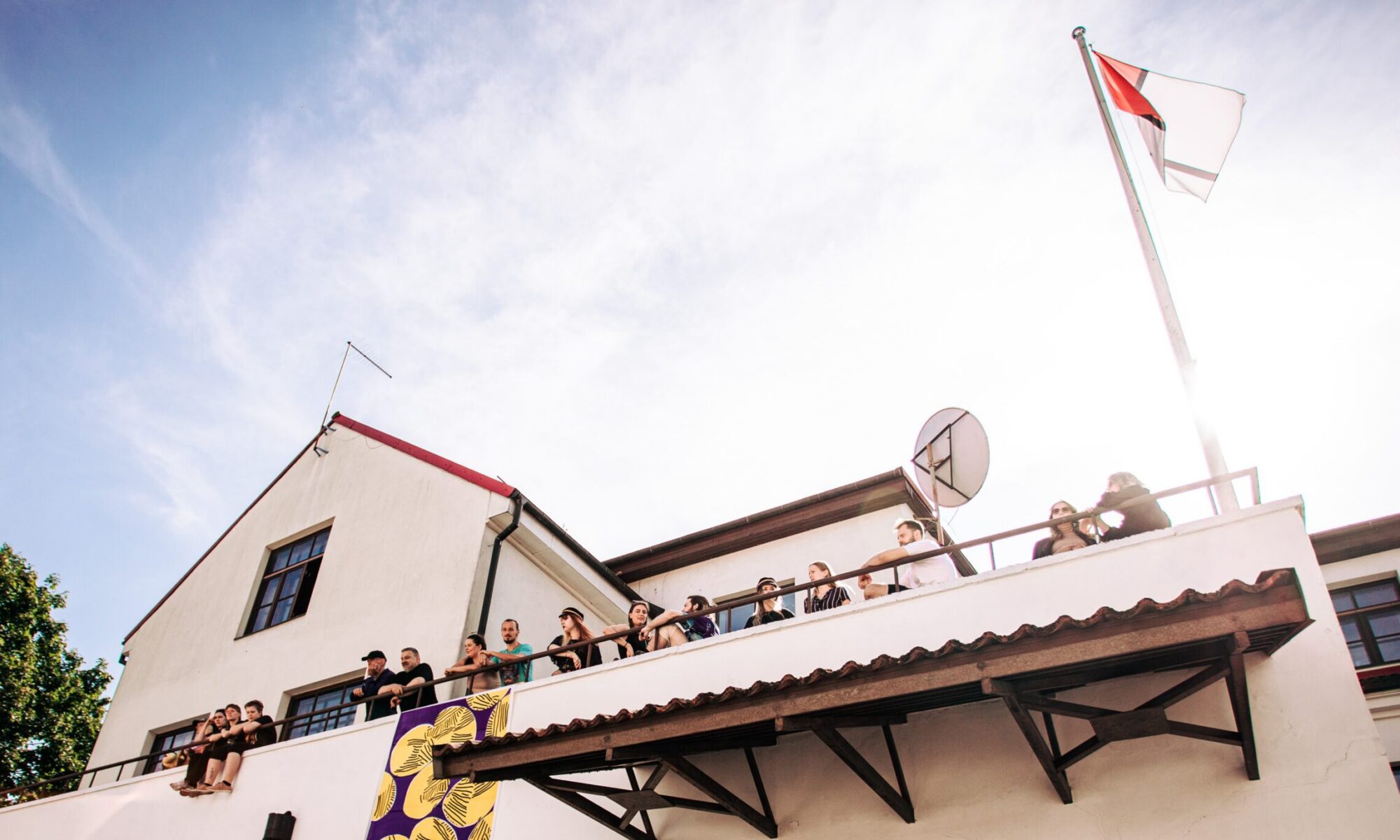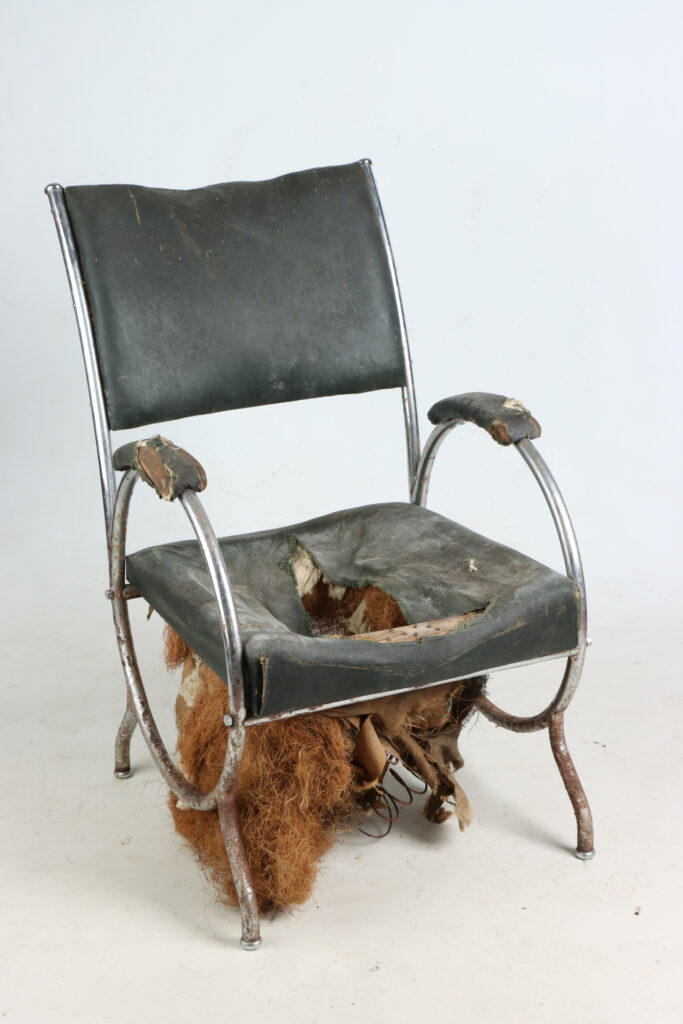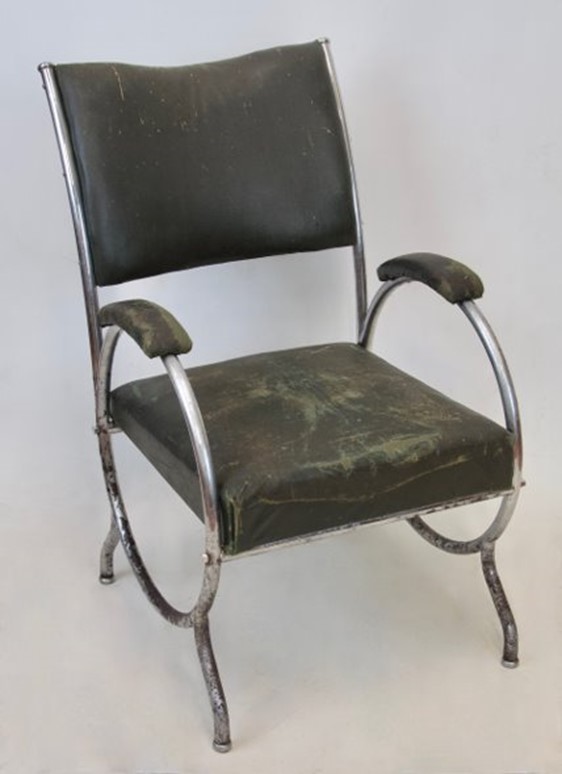1920.‒1930. aastate Euroopas levis jõuliselt modernne elulaad. Pariisis alguse saanud art déco’d ja funktsionalismi hakati kõikjal läänemaailmas jäljendama. Euroopa kunstikeskustes õppinud või end täiendanud eesti kunstnikega jõudsid moodsad stiilid ka Eestisse. Pariisis õppinud ja töötanud Jaan Siirak jälgis funktsionalismi arengut mööblidisainis ja tuli välja uuendusliku torumööbliga.
Lõputöö eesmärk oli konserveerida arvatavasti Jaan Siiraku kavandatud tugitool. Konserveerimistööd hõlmavad tugitooli istmepolstri taastamist ning torude ja kunstnaha puhastamist. Tugitool läheb Eesti Tarbekunsti- ja Disainimuuseumi kogusse.
In the years 1920–1930, a modern way of life spread strongly in Europe. The art deco and functionalism that began in Paris began to be imitated throughout the Western world. With Estonian artists who studied or improved
themselves in European art centers, modern styles also reached Estonia. Jaan Siirak, who studied and worked in Paris, followed the development of functionalism in furniture design and came up with innovative tubular furniture.
The aim of the thesis was to preserve the armchair probably designed by Jaan Siirak. Conservation work includes restoring the armchair’s seat cushion and cleaning the pipes and faux leather. The armchair goes to the collection of the Estonian Museum of Applied Art and Design








